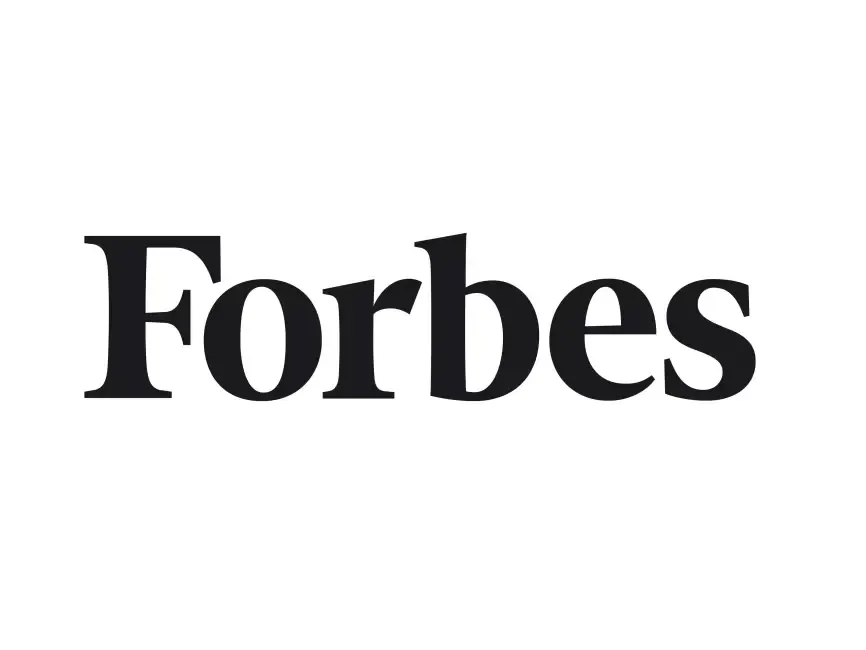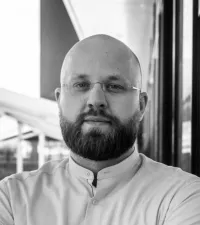BRIDGING RESEARCH, TECHNOLOGY, AND THE GAMING WORLD
Your partner in cutting-edge software development
Our mission is to transform human well-being and human-computer interaction. We do this by integrating virtual reality, augmented reality, and artificial intelligence technologies. At the heart of our philosophy is game-therapy. We create innovative, scientifically grounded, yet playful solutions for a wide range of challenges.

IMPACTFUL TOOLS FOR A BETTER QUALITY OF LIFE
Our products
ClaustrOFF
A game created with cutting-edge research to help you overcome fears in a safe, engaging, and effective way
NeuroBoostVR
Innovative exercises for seniors and others to improve motor skills, balance, and orientation with simple, effective activities
VIRADIA
Virtual Reality Platform for Early Diagnosis of Neurodegenerative Diseases, Revolutionizing Neurological Diagnostics
Experience the full power of VR for positive well-being
With a commitment to innovation and the transformative power of VR, we aim to make a lasting impact on mental health, education, industry, and personal growth, all grounded in scientific research and designed to enhance well-being worldwide.

GROWTH THROUGH INNOVATIONS
The GAMETHERAPY model
We harness the power of new technologies. By making care and training more accessible and tailored, we empower individuals and organizations to thrive. Rooted in scientific research, our innovative approach drives meaningful change, transforming mental health, education, healthcare, industry, and personal growth on a global scale.
SOLUTIONS THAT MAKE AN IMPACT
Immersive solutions for mental health and beyond
Our primary focus is on creating immersive applications that empower individuals to overcome challenges like anxiety, phobias, and neurological conditions. These solutions are designed to enhance well-being and unlock potential across various aspects of life, showcasing our expertise in innovative and impactful technologies.
Engaging VR/AR solutions for soft skills training
Evaluation in neurology and rehabilitation
General education
Personal development
Industrial training
Industry 5.0 applications

Join the Mind Heaven Community!
Be part of our journey to transform mental health care and well-being through innovation and gamification. By signing up, you’ll gain access to exclusive psychological content, enjoy discounts on our products, and stay updated with the latest news about our projects. You’ll also discover unique content like game stories and behind-the-scenes insights into our app development process. We value your ideas and feedback to make our games even better. Join us, become a co-creator, and help shape the future of the Mind Heaven Community!

What Causes Claustrophobia and How to Cope with It
What Causes Claustrophobia and How to Cope with It

"Understanding where fear comes from is the first step to overcoming it. Claustrophobia doesn’t have to control your life—it can be managed with the right strategies." – Dr. Martin Polák
Claustrophobia, the fear of confined spaces, is a common yet often misunderstood condition. It can make simple tasks like riding in an elevator, flying, or undergoing an MRI scan feel overwhelming. To cope with claustrophobia effectively, it’s essential to understand its causes and the strategies that can help manage it. This guide explores the origins of claustrophobia and offers practical, science-backed techniques to cope with it.
What is Claustrophobia?
Claustrophobia is an anxiety disorder characterized by an intense fear of being in small or enclosed spaces. While many people experience mild discomfort in confined areas, those with claustrophobia may experience:
Panic attacks: Rapid heartbeat, sweating, trembling, or difficulty breathing.
Avoidance behaviors: Actively steering clear of situations like elevators, tunnels, or crowded rooms.
What Causes Claustrophobia?
Understanding the root causes of claustrophobia can shed light on why it develops and how to address it.
1. Traumatic Experiences
A history of trauma in enclosed spaces, such as being trapped in an elevator or confined during childhood, can trigger claustrophobia. These events create a lasting association between small spaces and danger.
2. Learned Behavior
Sometimes, claustrophobia develops by observing others. For example, a child whose parent fears confined spaces might adopt the same reaction over time.
3. Biological Factors
Research suggests that individuals with overactive amygdalas—a part of the brain involved in fear processing—may be more prone to developing claustrophobia. Genetics can also play a role, with a family history of anxiety disorders increasing susceptibility.
4. Evolutionary Instincts
Claustrophobia may stem from a survival mechanism. Historically, small, enclosed spaces posed real threats (like being trapped in caves). While the danger is no longer present, the fear response can persist.
Symptoms of Claustrophobia
Recognizing the symptoms of claustrophobia is vital to seeking appropriate help. Common signs include:
Feeling an urgent need to escape.
Shortness of breath, even when the space isn’t physically restricting.
Sweating, nausea, or dizziness.
Irrational fear that the space will shrink or trap you.
If these symptoms interfere with daily life, professional intervention is recommended.
How to Cope with Claustrophobia
Coping with claustrophobia involves a mix of self-help strategies and professional therapies. Below are actionable tips to help manage the fear.
1. Practice Controlled Breathing
When anxiety strikes, breathing becomes shallow and rapid. Controlled breathing helps counteract this response.
How to do it: Breathe in deeply through your nose for four seconds, hold for four seconds, and exhale slowly through your mouth for six seconds. Repeat until calm.
2. Challenge Negative Thoughts
Claustrophobia often involves irrational thoughts, such as "I’ll run out of air" or "I’ll get stuck forever."
How to cope: Replace these with balanced, realistic thoughts like "This space is temporary, and I am safe."
3. Gradual Exposure
Avoidance reinforces fear. Instead, facing confined spaces in a gradual, controlled way helps desensitize the mind.
Example: Start by sitting in a parked car with the doors closed for a few minutes, then progress to slightly more enclosed spaces over time.
4. Use Relaxation Techniques
Relaxation strategies help reduce physical symptoms of anxiety.
Techniques: Try progressive muscle relaxation (tensing and releasing muscles) or mindfulness meditation to stay grounded.
5. Leverage Technology
Virtual reality (VR) exposure therapy offers a safe and effective way to confront fears. It simulates confined spaces like elevators or airplanes, allowing users to practice coping strategies in a controlled environment.
6. Seek Professional Help
For severe cases, professional therapies like Cognitive Behavioral Therapy (CBT) can help.
How it works: CBT addresses the thoughts and behaviors fueling claustrophobia, teaching you to replace fear with confidence.
When to Seek Help
If claustrophobia significantly impacts your daily life or relationships, it’s important to seek professional help. A trained therapist can assess your condition and create a personalized treatment plan.
The Science Behind Claustrophobia
1. The Role of the Brain
Studies show that claustrophobia involves heightened activity in the amygdala, which processes fear. Understanding this neural response has led to effective treatments like CBT and VR therapy.
2. Effectiveness of Therapies
Research from the Journal of Anxiety Disorders (2023) found that 80% of individuals with claustrophobia experienced significant symptom relief after exposure therapy combined with CBT.
3. Benefits of VR Therapy
A 2022 study in Cyberpsychology, Behavior, and Social Networking demonstrated that VR exposure therapy reduces symptoms faster and more effectively than traditional exposure methods.
Practical Tips for Everyday Life
Stay Present: Focus on your surroundings instead of "what if" thoughts.
Carry a Comfort Item: Holding something familiar, like a stress ball, can provide reassurance.
Use Apps for Relaxation: Apps like Calm or Headspace offer guided breathing and meditation exercises.
Final Thoughts
Claustrophobia is a manageable condition with the right tools and support. By understanding its causes and implementing proven coping strategies, you can reduce its impact on your life. Whether through breathing exercises, gradual exposure, or professional therapy, every small step brings you closer to overcoming fear and regaining control.
References
Antony, M. M., & Swinson, R. P. (2023). Cognitive-behavioral strategies for phobias. Journal of Anxiety Disorders.
Powers, M. B., & Emmelkamp, P. M. (2022). Virtual reality exposure therapy for anxiety disorders. Cyberpsychology, Behavior, and Social Networking.
Hofmann, S. G., & Smits, J. A. J. (2023). CBT for specific phobias: Current evidence and future directions. Clinical Psychology Review.
Rachman, S. (2023). The nature and management of claustrophobia. Annual Review of Psychology.






